A good highlight reel can inspire. It can motivate players across the world to hop back into the server and hone their skills in an attempt to match the plays they just watched. But before adding the epic music and flashy edits, someone must first make the awe-inspiring plays.
Overwatch leaves plenty of room for the player to shine—whether with aim, timing, or simply outsmarting your opponent. These sorts of plays can quickly demolish your opponents, and are amazing when pulled off. While impressive, trying to quickly blowout your enemies can backfire. And oftentimes playing more conservatively, especially on defense, is the more consistent way to win.
Conceptual differences
Due to the inherent design of Overwatch, the attacking side is much freer to search for blowout victories early in the round. The defenders, however, are much more averse to losing an early fight. But as time ticks down, the risk-and-reward equation changes, and the interests of each side can shift.
When the round begins, on a non-control map, the attacking team always has ample time available. And, in theory, if the defenders never contest the objective, that time is far more than enough to complete the map. What this means is that, initially, time is on the side of the attackers.
Because of this, the attackers can attempt unreliable strategies in an effort to blowout the defenders, with little risk. The reward is either a captured point on assault, or significant advancement of the payload at escort. In the case of failure, the only punishment is a small portion of their time.
For the defenders, however, every lost fight is a massive blow. They have to burn through the entire time pool while only losing a few fights, especially as the round begins. This means that risky strategies are a poor idea, as a single failure is so significant.
As the middle-stages of the round come, both teams are often playing relatively standard compositions. They should revert to a standard composition and begin to build ultimates to increase their chances of successfully completing the objective, especially if the attackers’ unreliable strategy failed.
With a middling amount of both time and objective left, the attackers hit a balancing point. The remaining time is low enough that they would be heavily punished for attempting risky strategies, and they are not yet pressured into trying to close the map with a surprise.
As time winds down, however, both sides have an interest in going for a blowout victory with a switch-up in game plan. A sudden change in tactic can be exactly what’s needed to close out the map in your favor, especially in chaotic overtime situations.
A widow’s kiss
One of the most popular, and certainly most exciting, picks that professional teams use when attempting a blowout victory is Widowmaker. She can end a fight before it ever begins with a well-placed shot, making her a powerful opener. The accuracy required means she is not going to be as consistent, however. But the punishment for being inconsistent is far less significant, specifically on attack.
Plays like this sequence of shots from Park Young “Kariv” Seo certainly go in his highlight reel. In just a few seconds he shatters the defense from Rogue, and frees the map for his team to push. But this example is on the successful end of the spectrum.
It is not uncommon to see a Widowmaker pick from the attacking team be ineffective. It might be the player is just a bit off, meaning they completely miss their shots. Or perhaps the defending Winston leaps onto her head, and zaps her to death. When compared to the premiere long-range DPS hero, Soldier 76, Widowmaker streaks much higher, and much lower too.
But if the Widowmaker is not successful, the player can simply swap heroes. This is a large part of why attempting to quickly blowout your opponents on attack can go largely unpunished. On defense, players do not have the luxury of returning to spawn and changing heroes, while the attackers can do so at will.
The reason why is that if the defenders leave the objective to swap, the defenses are weaker and they are vulnerable to losing. But if the attackers retreat to swap they don’t run the risk of losing the round, just wasting a bit of time.
When attacking, blowout picks or cheese-strategies are relatively safe to use early in the round. But for the defenders it isn’t the case, as a single slip-up can lead to losing the objective.
Good ol’ ladder tactics
The reason why we don’t see pro players going for risky defensive positions is that they can easily be punished by a coordinated team, which leads to quick defeats.
As Kyo-min “Evermore” Koo demonstrated in his debut match, aggressive positioning isn’t a good way to win. He found an initial pick, but then Reunited reacted appropriately. Evermore was too far from his team to receive assistance, and got picked off himself. The teamfight then quickly snowballed against Kongdoo Panthera, and they went on to lose that map.
The core issue with such risky strategies is that they often rely on the element of surprise. But after the initial surprise, they are easy to figure out and counter. For the attacking side, having it work once is enough as they can then advance the objective. But for the defenders, a tactic that just works once only buys them a few seconds.
Blurring the line
Sometimes, however, a certain hero can blur the lines between consistency and blowout potential. These heroes have the tools to quickly pick an enemy player, leading to easy wins. But the regularity at which they can attempt these picks allows them to be relatively consistent in their performance, meaning they can dominate a match.
The longest standing member of this category is Roadhog and, more recently, Doomfist has joined him. Both heroes have tools in their kits to quickly one-shot lower health heroes, while still remaining safe. Roadhog does so by bringing the target to him, while Doomfist combos his abilities to soar away to safety.
For each, their chance at a kill comes every several seconds when their cooldowns are available. Where they differ from a pick like Widowmaker is that, when needed, their ultimates contribute significantly more to a teamfight. This means that picking Roadhog or Doomfist for the long-haul is less punishing, because they are building a more powerful ability.
While it can be fun to go highlight plays, the safer play, especially on defense, is to go for a more consistent performing hero and strategy. Work together as a team, use your composition’s strengths, and claim victory.


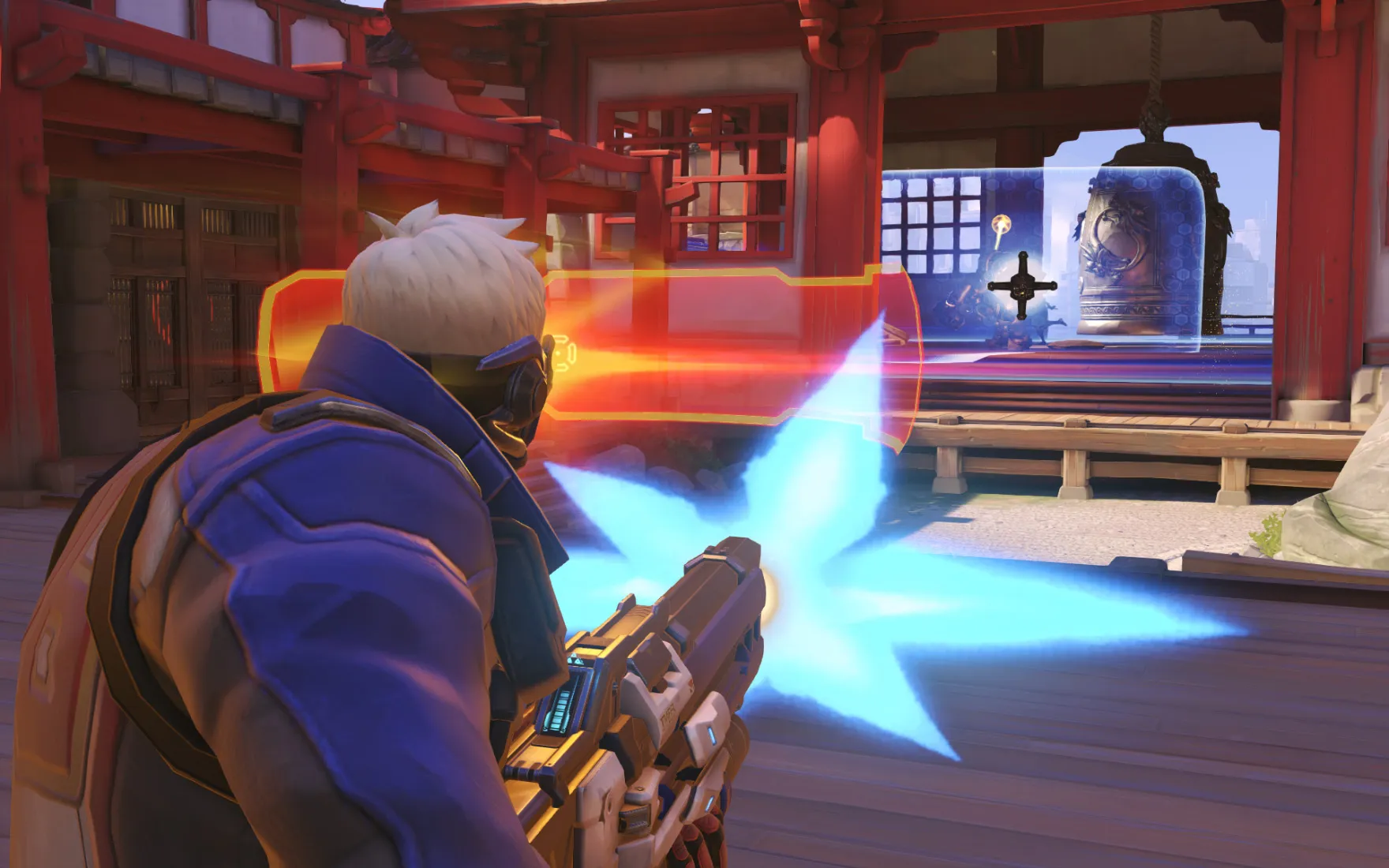
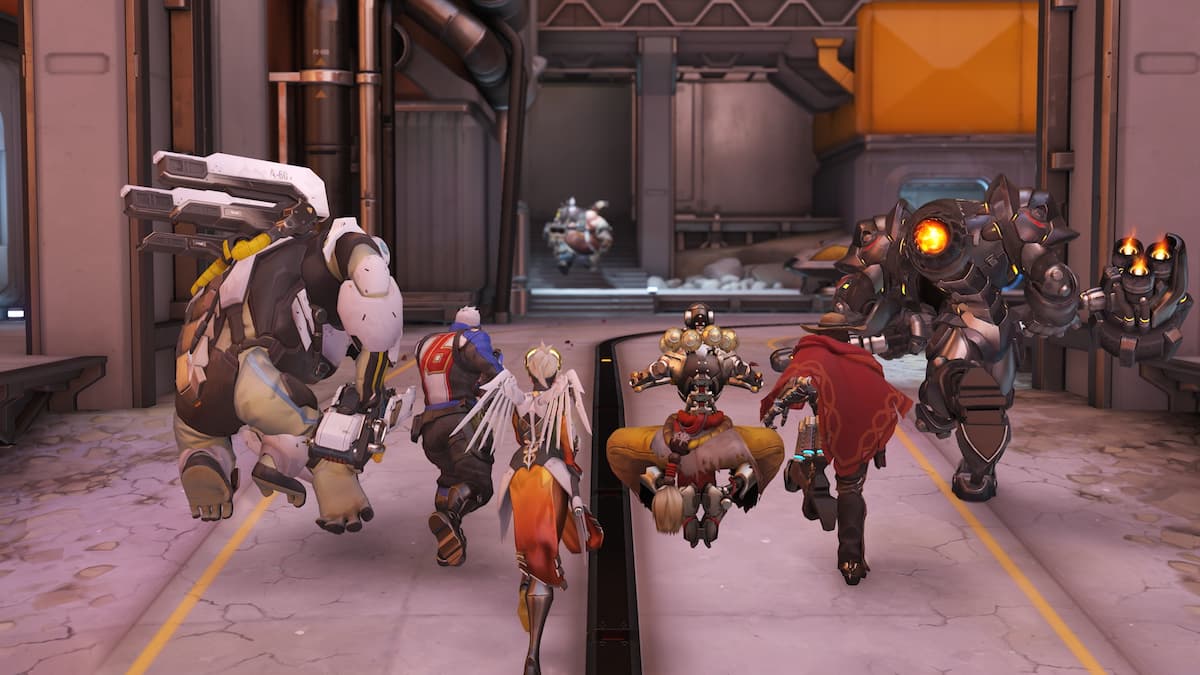

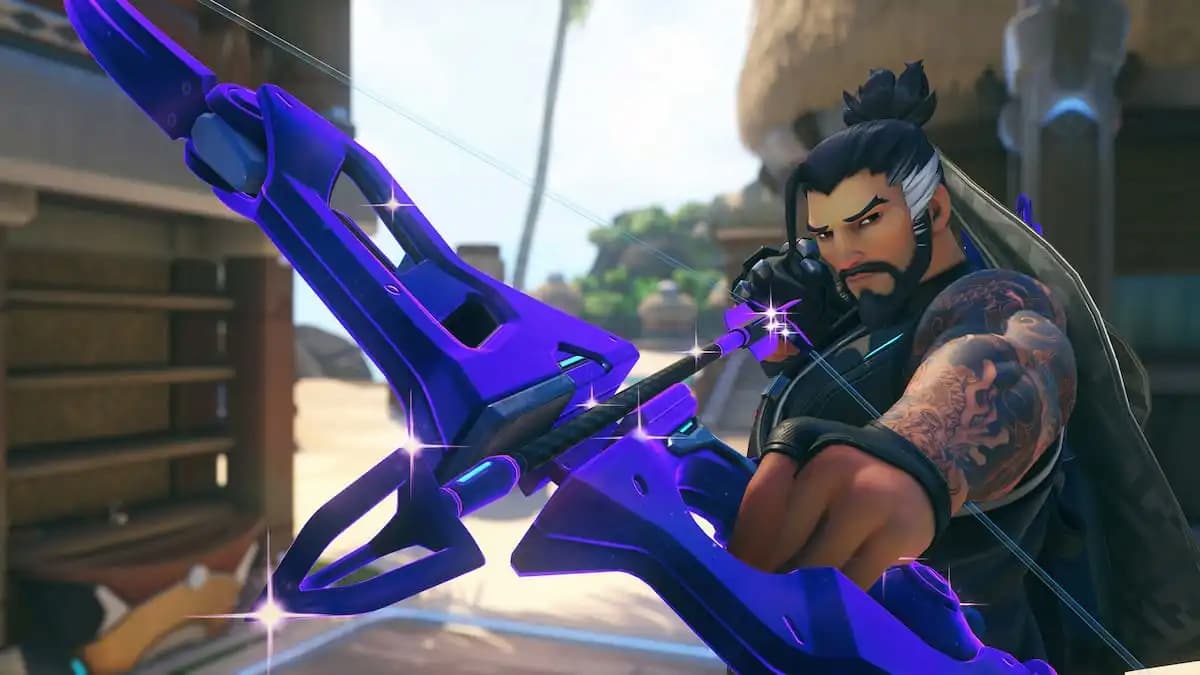
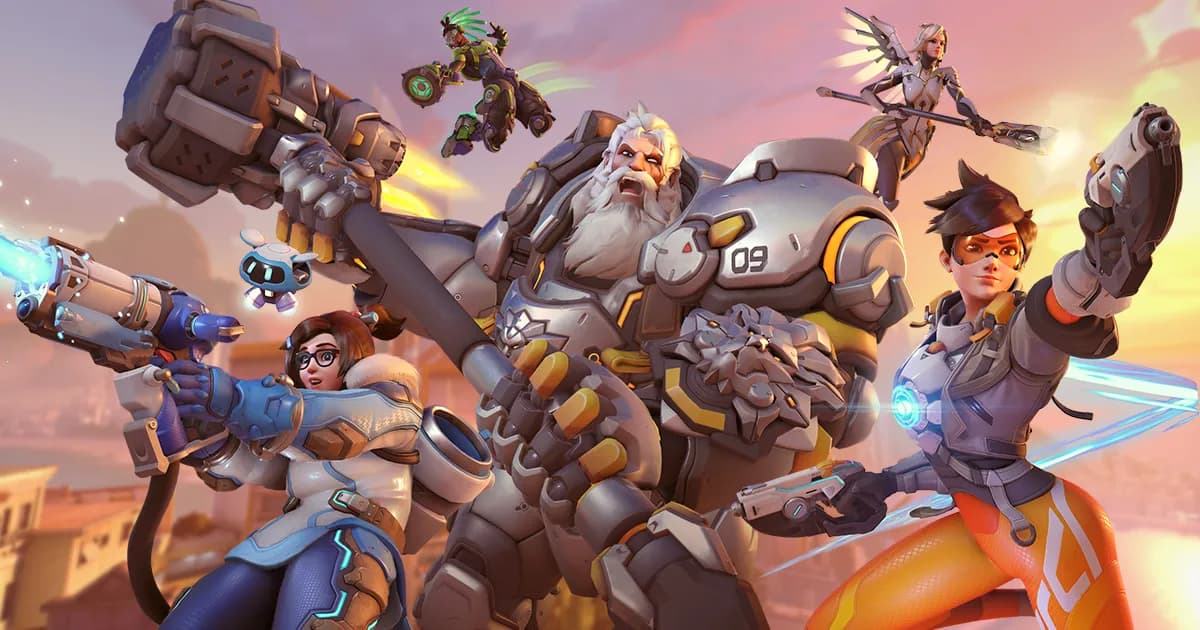
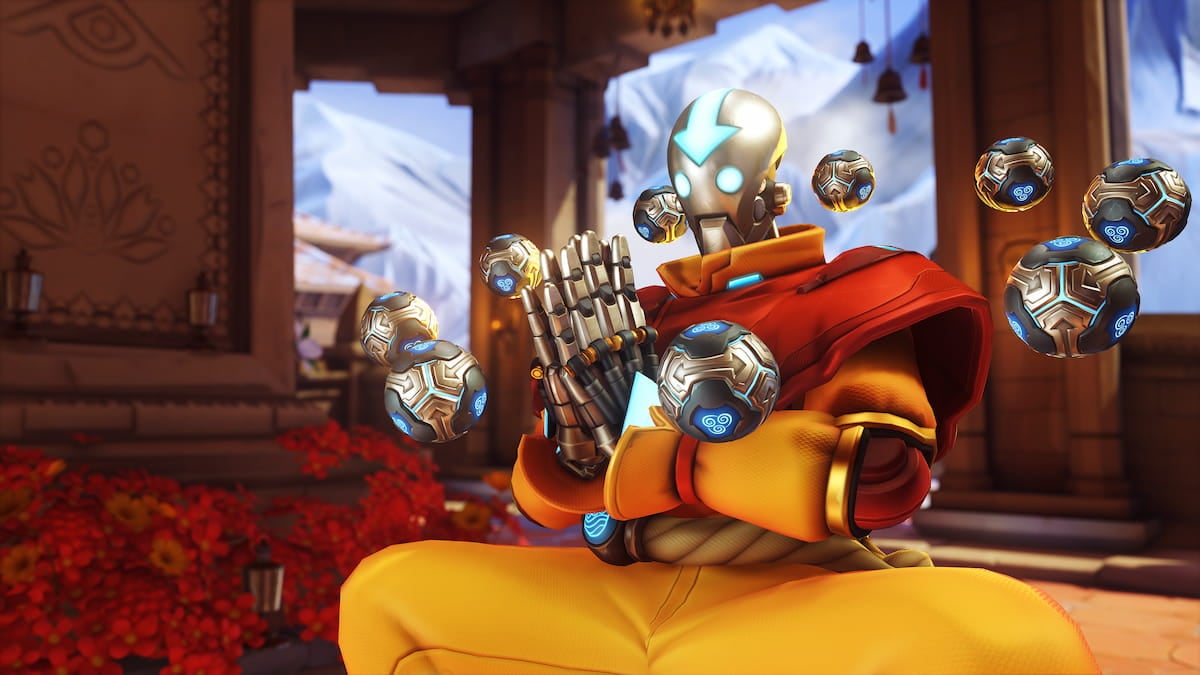
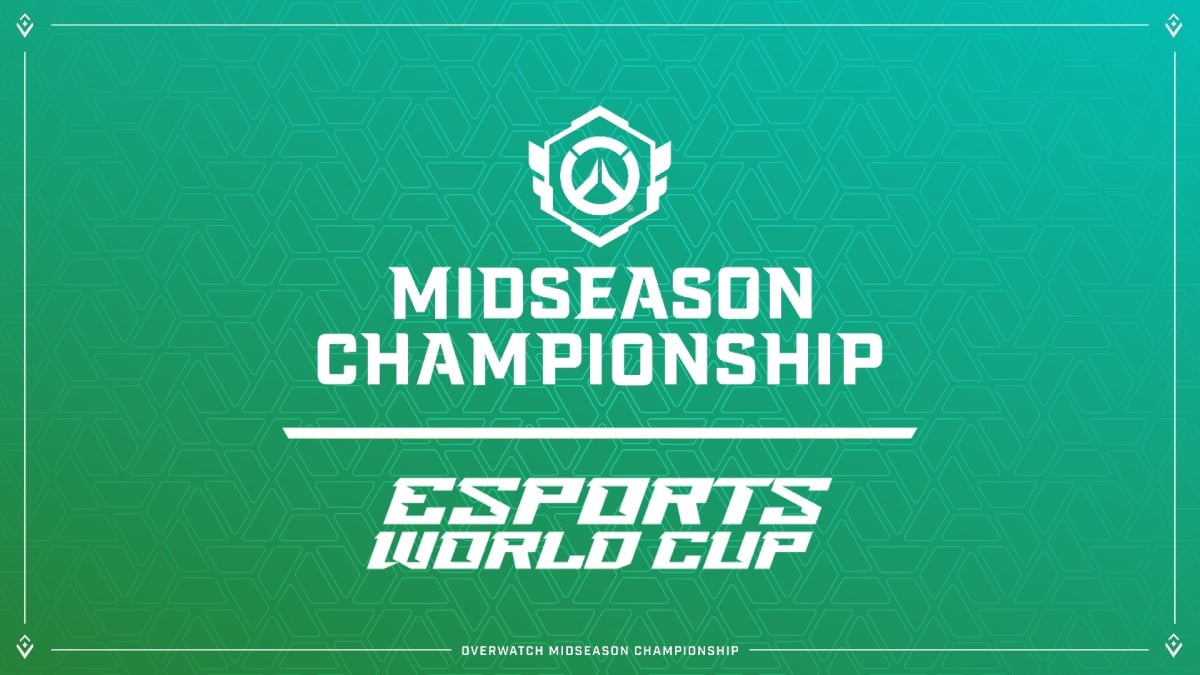
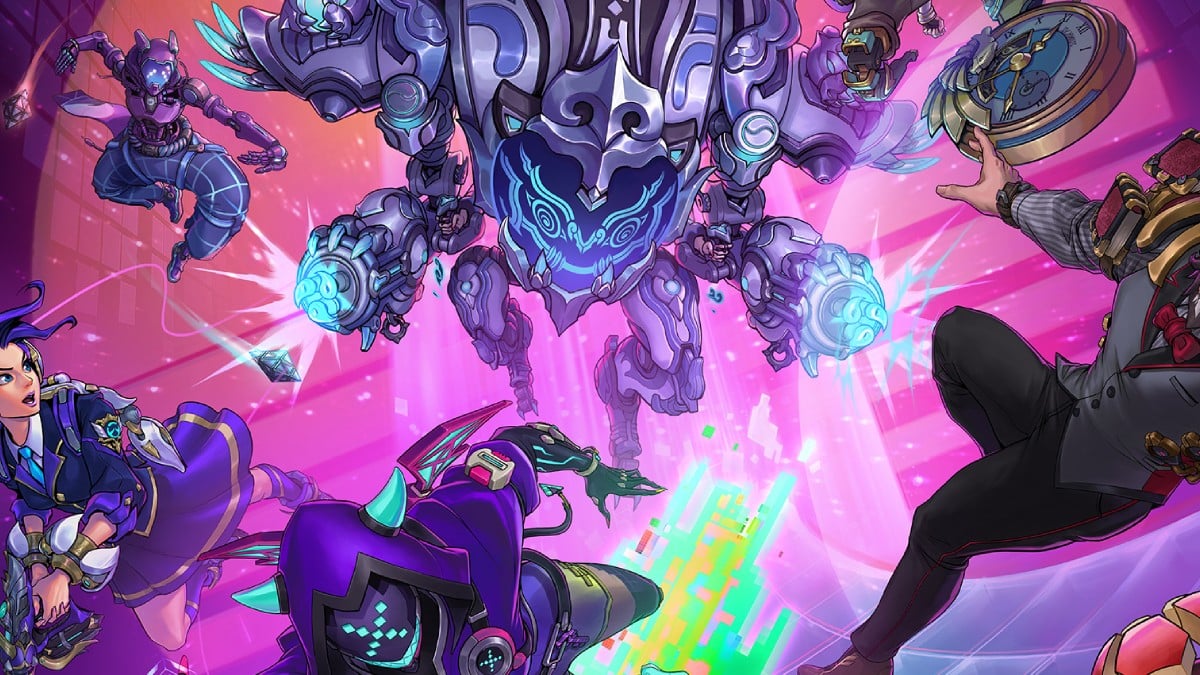
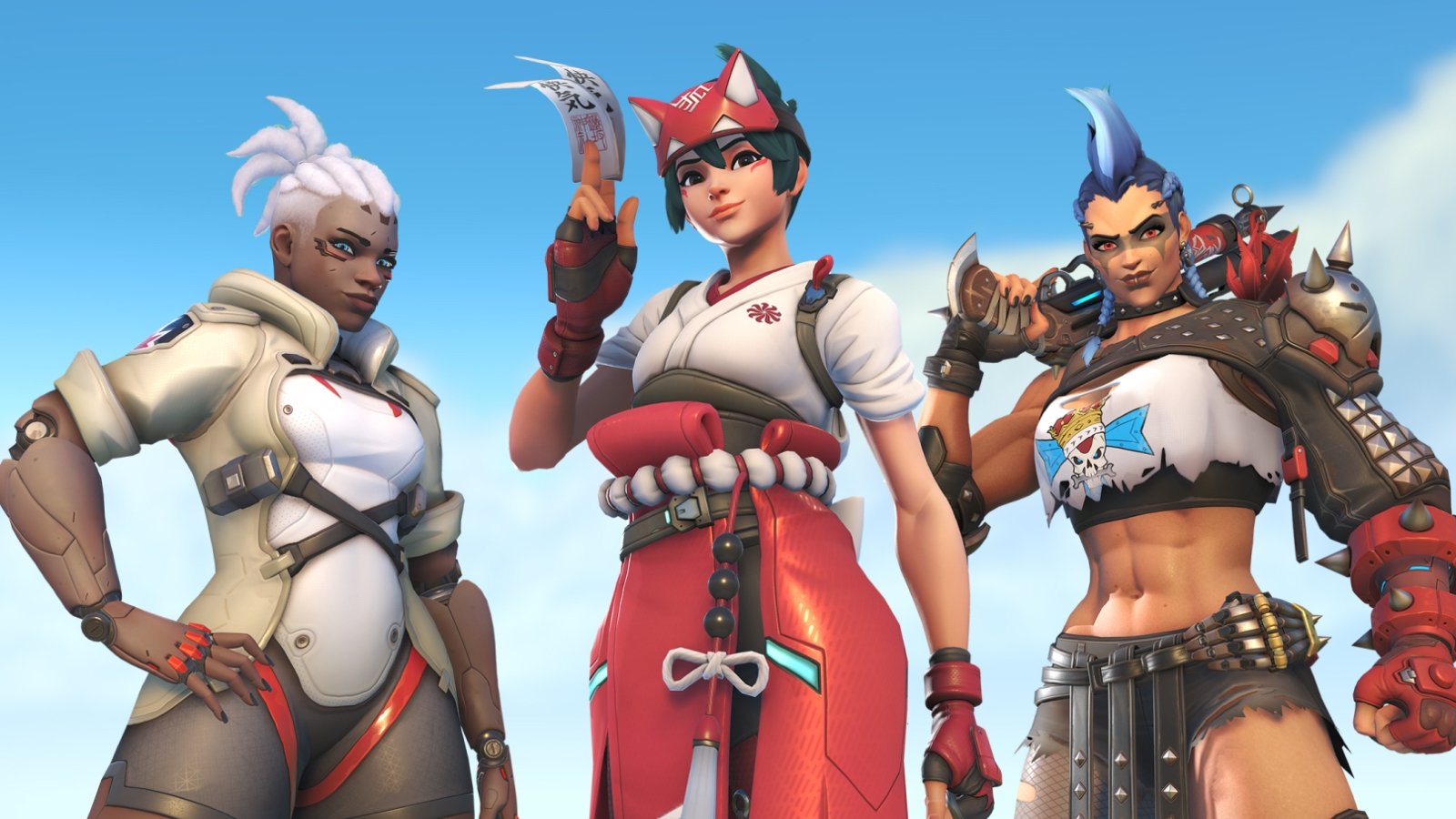
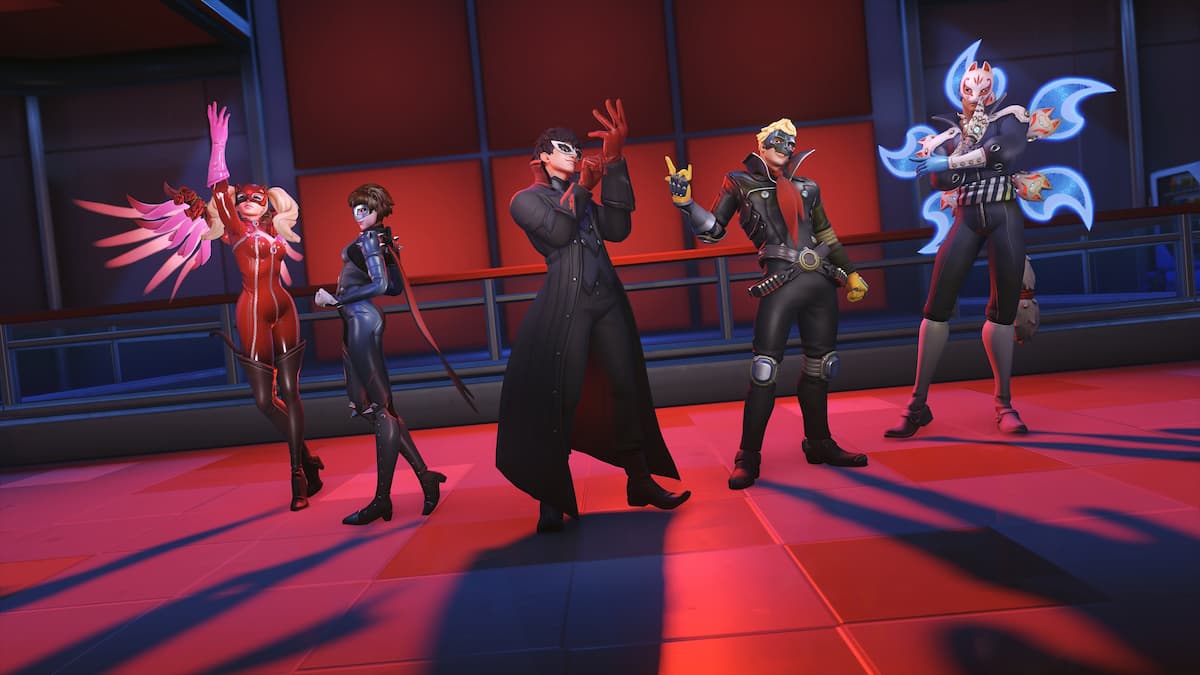
Published: Oct 3, 2017 08:11 pm